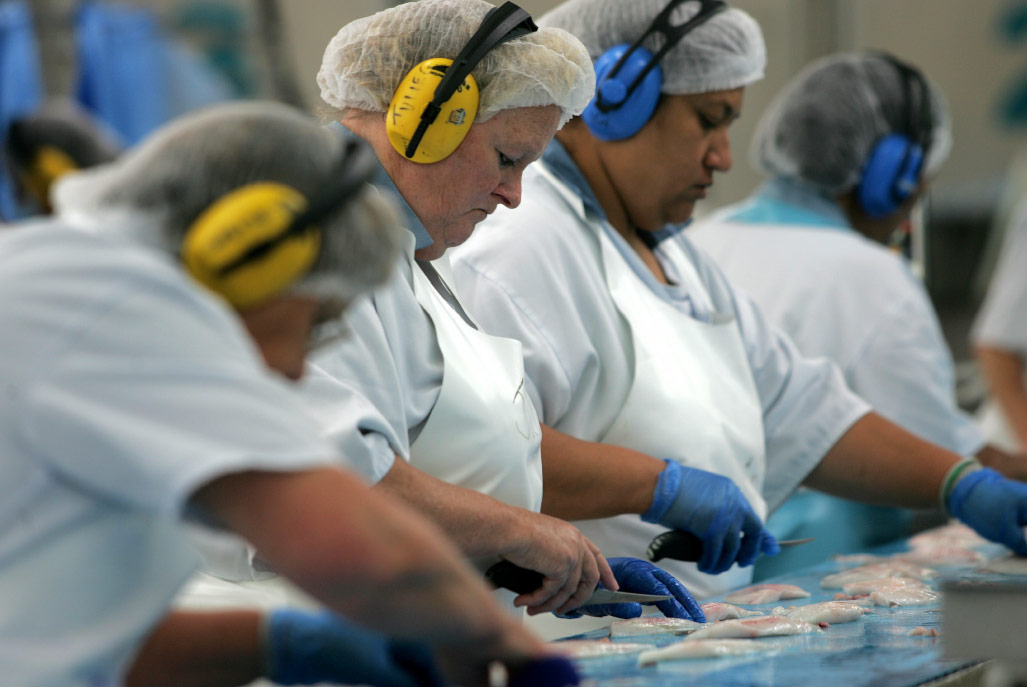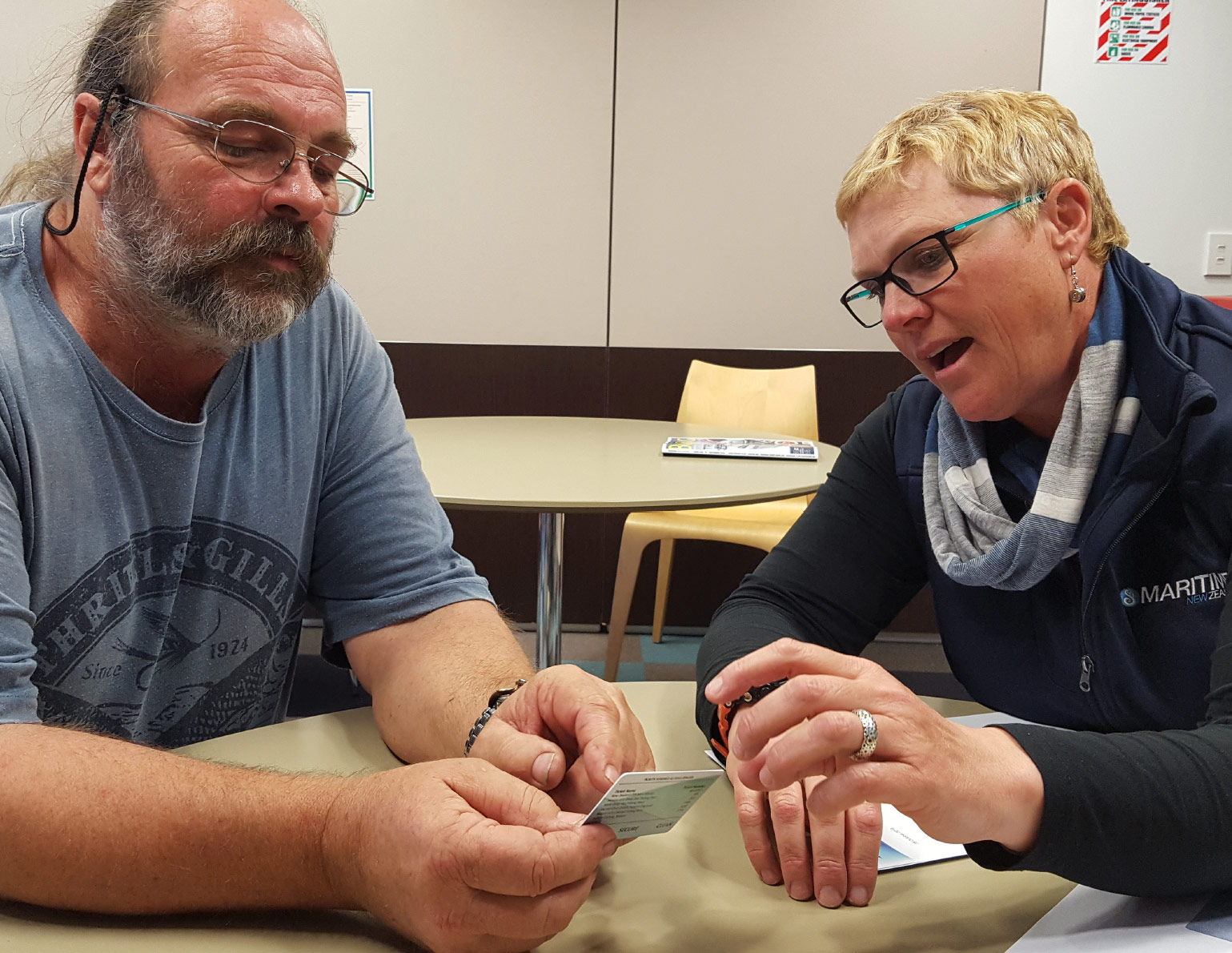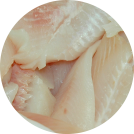Workplace health & safety.


The New Zealand Government has placed duties on the seafood industry to ensure the health and safety of everyone involved in the business.
Health and safety requirements for the seafood industry are described in two main Acts of Parliament. The Health and Safety at Work Act 2015 is the workplace health and safety legislation. The seafood industry must also comply with the Maritime Transport Act 1994 and its Maritime Rules for activities at sea.
In broad terms, the Maritime Transport Act 1994 and the Maritime Rules focus on the safety of the vessel and navigational safety, while the Health and Safety at Work Act 2015 focuses on the health and safety of the people on board.
Maritime Rules require operators of commercial fishing vessels to have an effective safety management system in place. Safety management systems cover:
– safe operating parameters
– the qualifications and training of the vessel’s crew
– vessel maintenance
– emergency procedures
– some health and safety considerations
– continuous improvement
Under the Health and Safety at Work Act 2015, business operators also have a primary duty of care to ensure, so far as is reasonable practicable, the health and safety of workers and other persons involved in the business. When it comes to managing risks at sea, they are responsible for identifying risks and hazards, putting in place controls to eliminate or minimise risks and hazards, keep applying these controls and periodically reviewing them.
Safety systems used in the commercial fishing industry must be certified by the Government and undergo independent auditing.
Depending on the nature of the commercial operation (such as the size of the vessel, where it fishes, how many crew it has, etc), there are 5 safety management system types:
– Maritime Operator Safety System (MOSS)
– Safe Operational Plan (SOP)
– International Safety Management
– Safety Case
– Specified Limits Permit.
About 60% of New Zealand commercial fishing vessels use the MOSS system. The remainder generally use an SOP. Only under very rare circumstances would a New Zealand commercial fishing vessel use the other systems.
The MOSS system covers most commercial fishing operations in New Zealand. Under MOSS, each vessel must have a Maritime Transport Operator Plan (MTOP), which is a written description of the maintenance and safety system to manage any safety risks for both the vessel and its crew. Business operators must also ensure all requirements of the Health and Safety at Work Act are incorporated into their MTOP or in a separate Health and Safety Plan to complement it.
There are 572 fishing operations, comprising 735 vessels, that use MOSS.
The SOP is a safety management system that provides a practical set of safety requirements for smaller commercially-operated specialist vessels and their operations. An SOP must include the operator’s details, the vessel particulars, safety equipment list, manning, training, risk management, emergency and safe operational procedures, maintenance and survey requirements. The SOP also identifies the responsibilities of key personnel working on the vessel.
There are 148 fishing operations, comprising 186 vessels, that use the SOP system.

The OpenSeas report was prepared by a technical expert, with demonstrable knowledge and experience in the topic at hand. An internal fit-for-purpose review was conducted by the OpenSeas Programme Director, which may have included external scientific or operational expertise.
An external scope and accuracy review was conducted by the relevant regulatory agency(ies) for the original report (i.e. New Zealand Government departments).
The report author was responsible for revising the report in line with recommendations from reviews and retains final responsibility for the report content.

